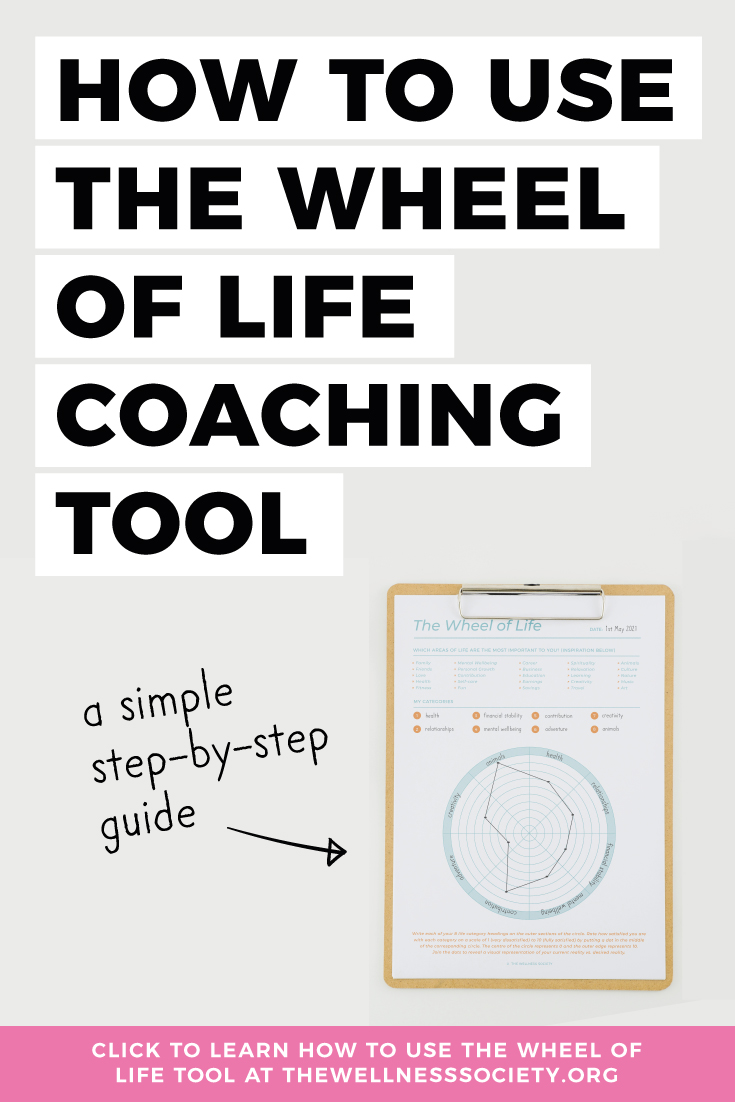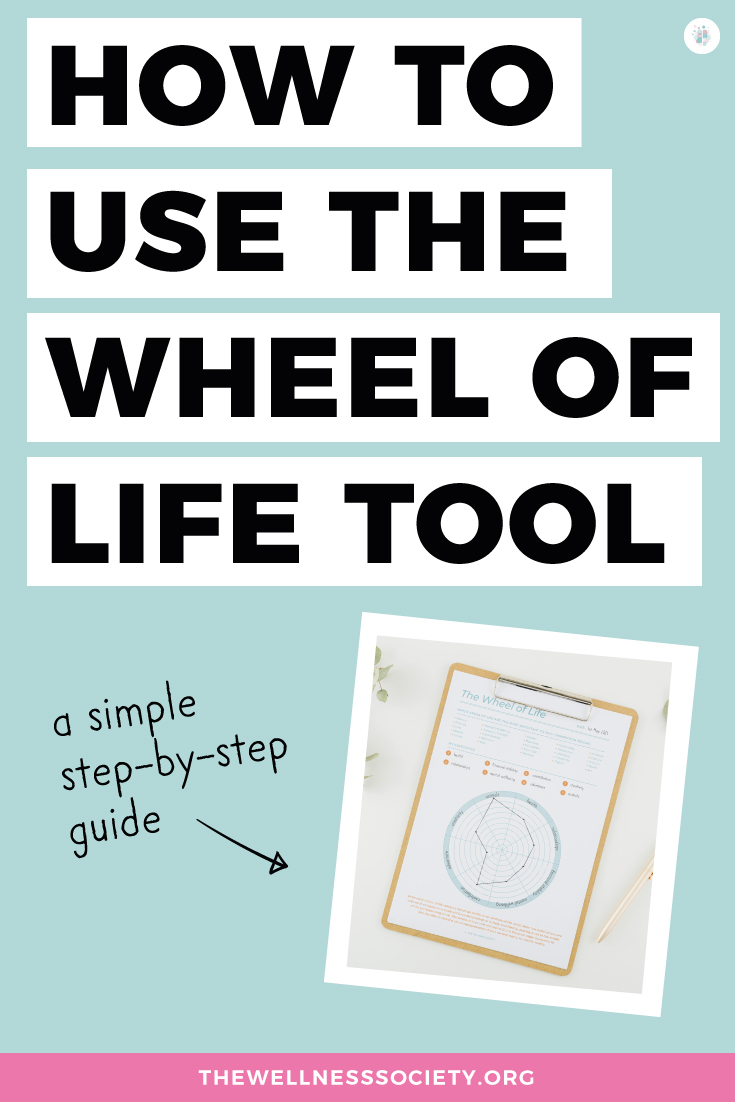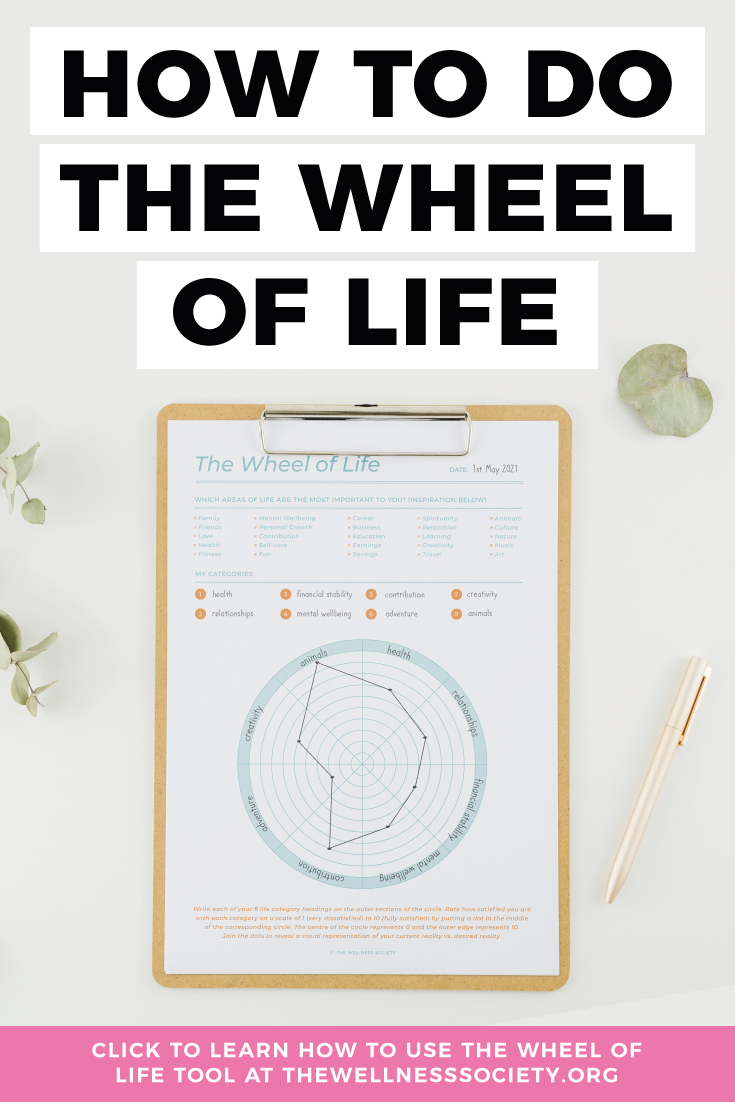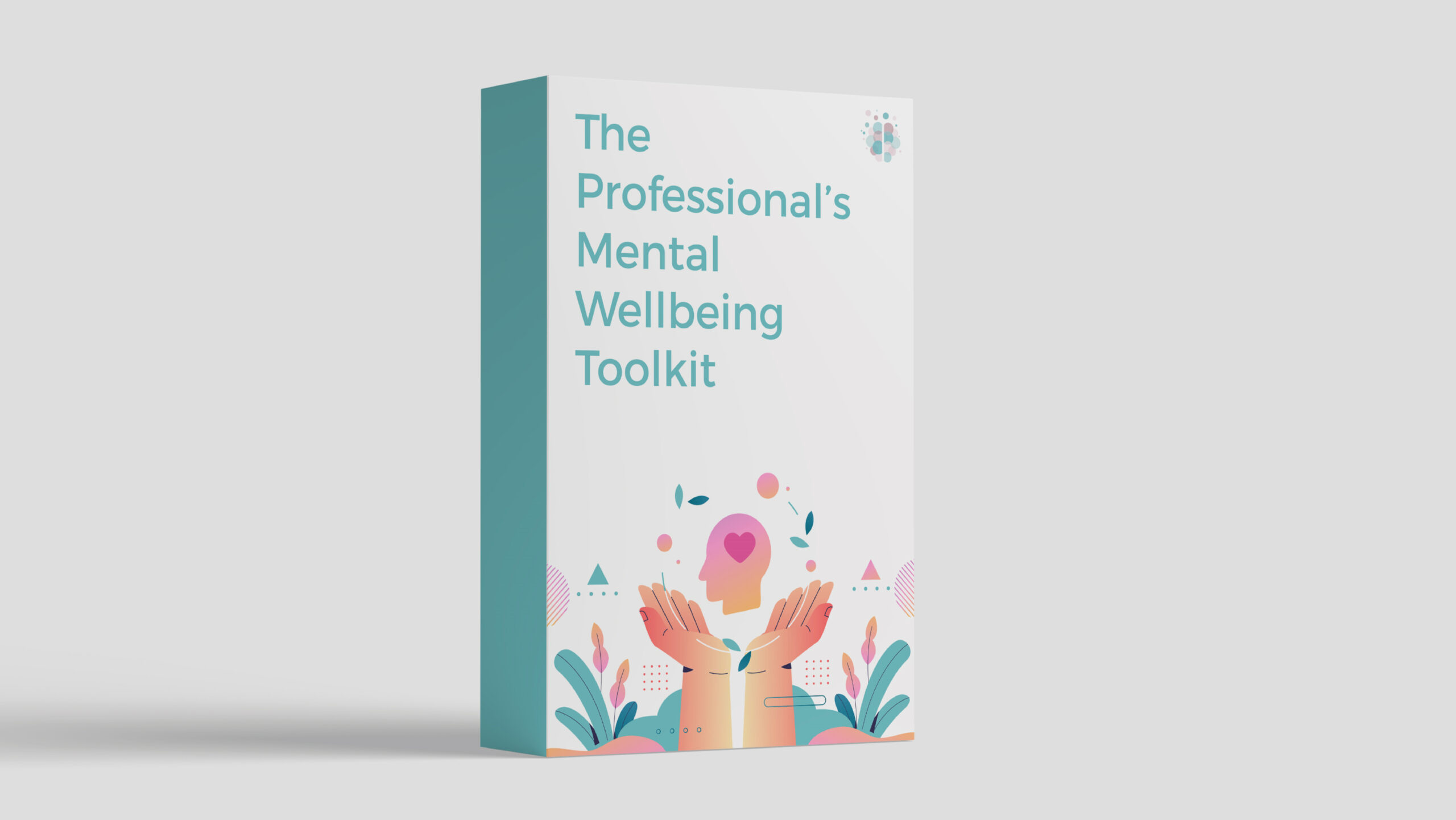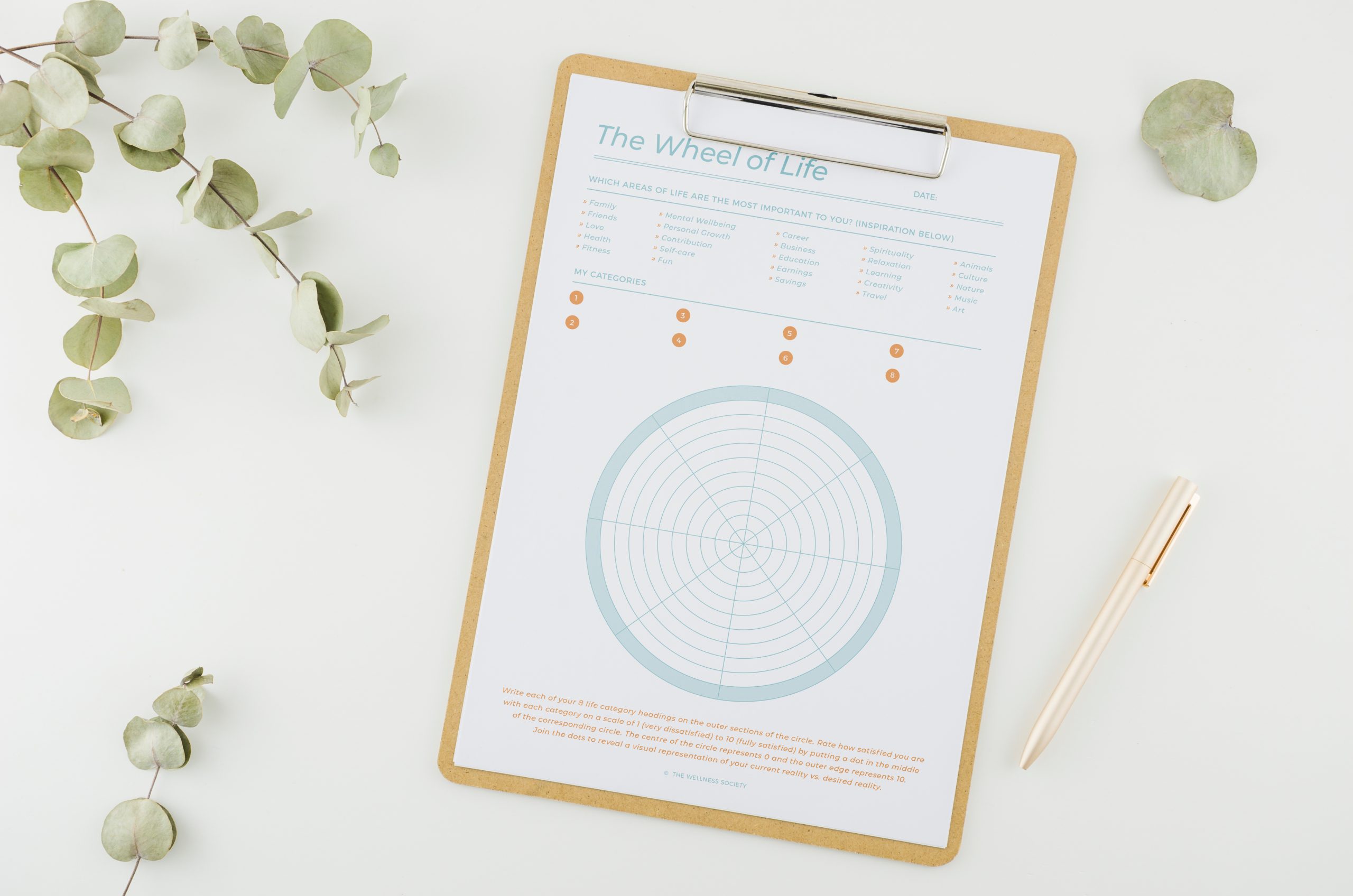
Setting goals and thinking about what you want in future can sometimes feel overwhelming.
Where do you begin?
A simple but powerful tool to help with this is the Wheel of Life (also known as the Coaching Wheel or Life Balance Wheel).
Created by Paul J. Meyer in 1960, the Wheel of Life is an extremely popular exercise used by coaches worldwide.
Many coaches use this tool as a starting point with clients, as well as for reviewing and assessing coaching progress.
The Wheel of Life exercise could help someone if:
- They're committed to personal growth and want a quick and easy-to-use tool.
- They're prone to overworking and struggle with work-life balance.
- They feel overwhelmed with responsibilities and want to set priorities.
- They feel lost, stuck, or unsure of their life direction.
- They've gone through a period of change and want to re-evaluate their priorities.
The Wheel of Life Coaching Exercise
So, what is it?
In the Wheel of Life exercise, you take a “helicopter view” of your life and think about:
- What’s most important to you.
- Where you are right now.
- Where you want to be.
When completed, you'll have a clear visual representation of your current vs. ideal reality.
The Wheel of Life Exercise: 4 Key Steps
Step 1: Determine Key Life Areas
First, ask clients to reflect on their personal values and write down eight life areas that are the most important to them (i.e., relationships, health, mental wellbeing, work, finances, fun, spirituality).
Some coaching questions you could use include:
- What do you care about the most?
- What do you spend the most time thinking about?
- What brings you joy?
- What gives life meaning for you?
- What would you do if money were no object?
Ask your client to note these on the outside of the circle.
Step 2: Evaluate Satisfaction Levels
Ask your client to consider how satisfied they are in each area on a scale of 1 (very dissatisfied) to 10 (fully satisfied).
Tell them to put a dot in the middle of the corresponding line on the wheel (1 being the first inner circle and 10 being the outside circle) to note their scores.
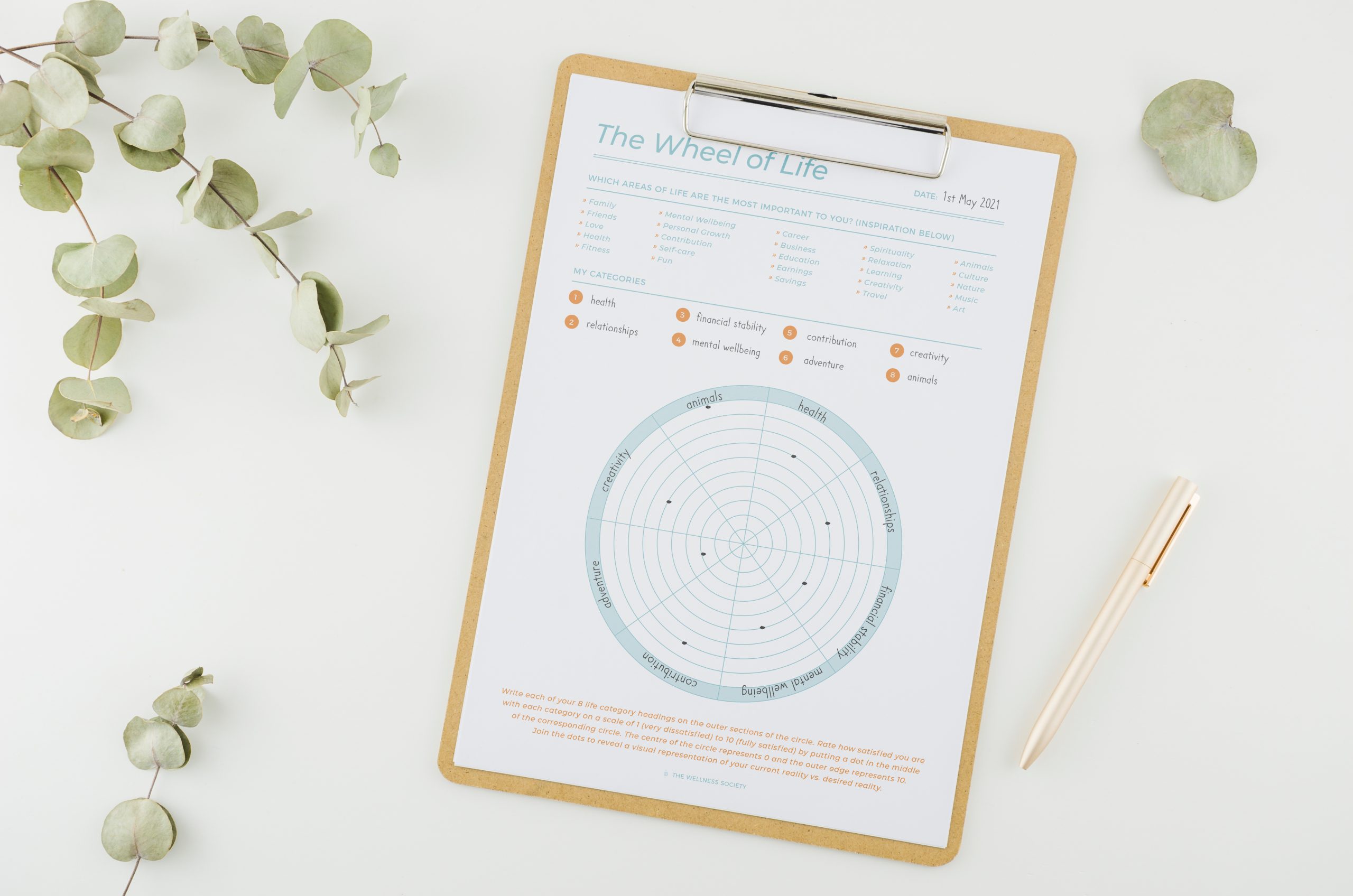
Step 3: Connect the Dots
Once they've noted their scores for all areas, get a ruler and join the dots to reveal the visual representation of your client's current vs. desired reality.
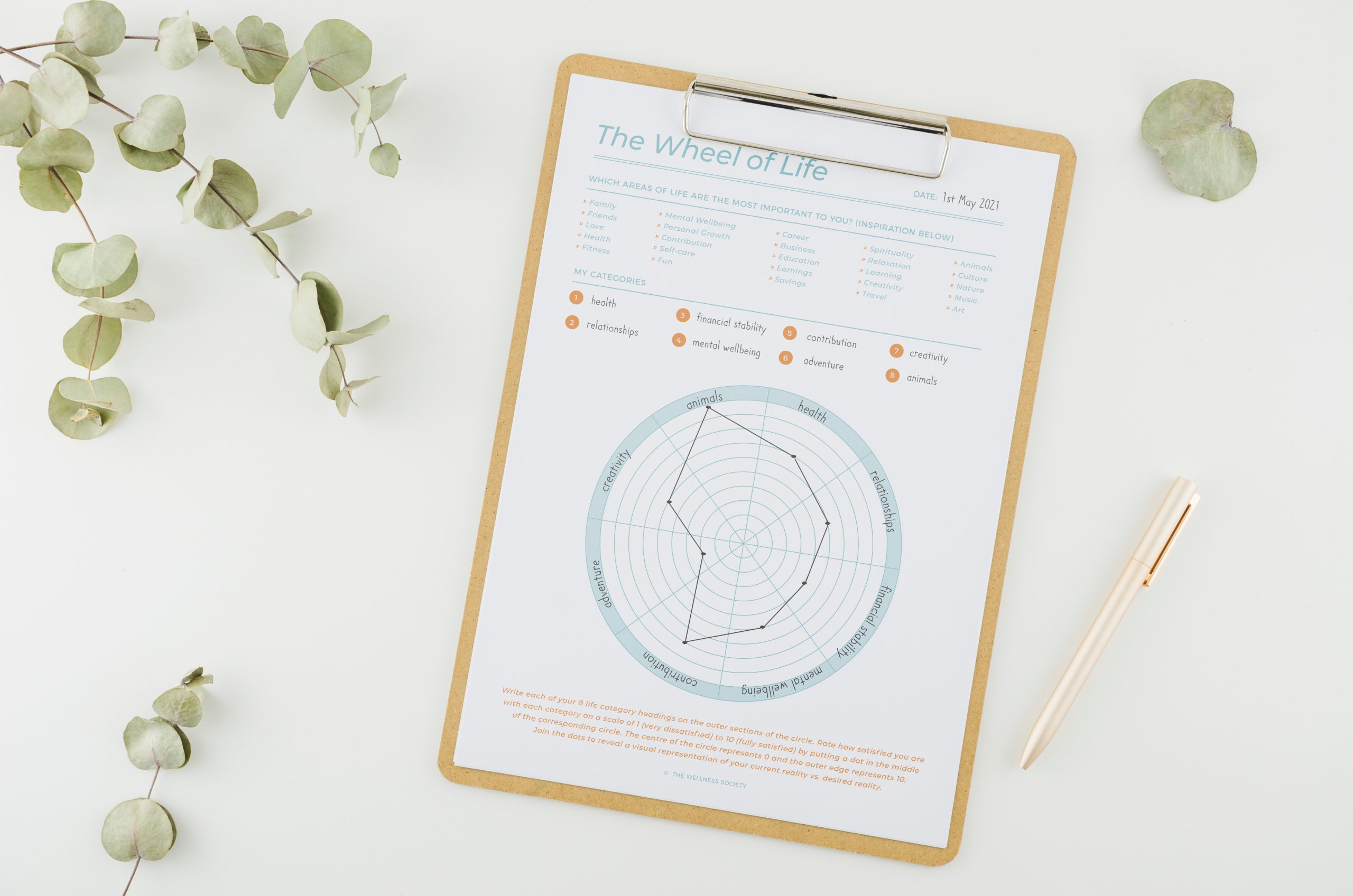
Step 4: Celebrating Progress
Let your client know that celebrating all their wins – no matter how small – is important for mental wellbeing. Suggest that they spend some take reflecting on and appreciating how far they've come from where they used to be. The best way to do this is through journaling.
Celebrating progress helps put us in a better mindset for setting goals and making positive changes.
Taking Action from The Wheel of Life Exercise
Now that you have a visual overview of your client's current vs. ideal reality, examine the results.
Where are the biggest gaps?
It’s worth noting that some life areas are more important to us than others.
Which imbalances does your client feel the most concerned about? These are the areas that require most of their attention when planning changes.
Here are some coaching questions to help your client decide on action steps:
- Are there any areas of your life that are getting more attention than they deserve?
- What are you currently doing that you’d like to do more of?
- What are you currently doing that you’d like to do less of?
- What would you like to start doing?
- What would you like to stop doing?
Regularly completing the Wheel of Life exercise shows us how everything in life is interconnected.
Improving our satisfaction in one area, such as mental wellbeing, often improves our satisfaction in other areas, such as work, relationships and fun. It's an upward spiral!
Get The Wheel of Life tool in The Professional’s Mental Wellbeing Toolkit - “everything you need all in one place.”Pin For Later
